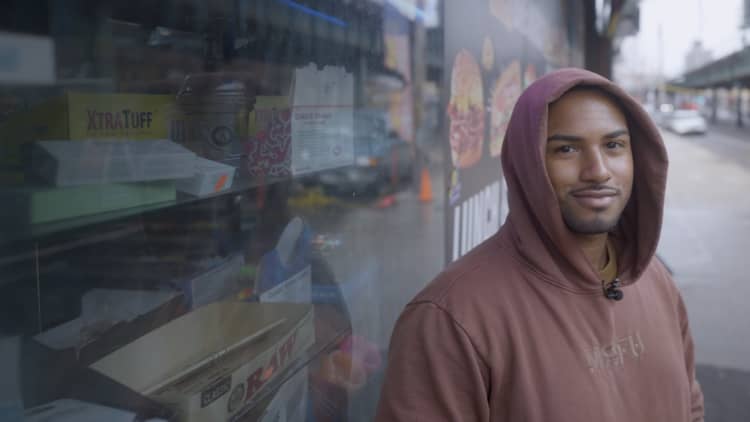Around 43 million federal student loan borrowers may have been disappointed to see the Supreme Court strike down President Joe Biden's plan to forgive up to $20,000 per borrower last month.
On top of owing money they may have thought they wouldn't have to pay back, borrowers will be expected to make payments on those loans — which will also be accruing interest again — for the first time in three years this October.
Some borrowers were able to get ahead financially during the payment pause, either by paying down their student loan principal or tackling other goals such as buying homes and paying down other debts, with many seeing the pending loan forgiveness as money they were free to use elsewhere.
About 1 in 3 borrowers spent more than they normally would assuming they were going to see some debt relief, according to a recent survey of over 900 borrowers who qualified for Biden's relief plan from Intelligent.com.
Biden's plan is on hold for now, but the administration says the fight isn't over and plans to provide debt forgiveness through different legal justification. But that process won't be complete by the time borrowers have to make payments again.
With less than three months until payments are due again, here's where borrowers — and debt forgiveness— stand.
Buy now, forgiven later?
Though few borrowers (5%) overspent by more than $10,000, over half of borrowers who spent money they assumed would be forgiven laid out between $1,000 and $5,000 more than they would have otherwise.
The most popular way these borrowers spent money was on retail items, with 44% of folks reporting that's where their additional spending went. But nearly as many borrowers — 37% — say they used the money to pay down other debts.
Additionally, 33% of borrowers said they spent more on home or car repairs, and 30% said they spent more on rent. While borrowers may have felt comfortable spending a little more while anticipating some debt forgiveness, these added costs could also be reflective of inflation's impact on American budgets.
Costs for home maintenance were up 9% year-over-year in the first quarter of 2023, according to home services website Thumbtack. Shelter costs are up around 8% in June compared to the previous year.
Even if the Supreme Court ruled in favor of Biden's plan, more than 20 million of the eligible borrowers would still have had outstanding balances after forgiveness and would have had a student loan bill to pay this October regardless.
Many of them will struggle when that happens.
About 1 in 5 borrowers have at least one risk factor, such as previous delinquencies or pre-pandemic payment assistance on their loans, that suggests they may have difficulty keeping up with their bills once payments resume, according to the Consumer Financial Protection Bureau. And nearly 60% of borrowers say they are at least somewhat unprepared for payments to resume, the Intelligent.com survey found.
Biden administration is pushing for forgiveness through a different strategy
The Supreme Court struck down Biden's debt forgiveness plan because the justices determined the Heroes Act did not give his administration the clear authority to erase these debts without Congressional approval. The Heroes Act gives the Secretary of Education the authority to "waive or modify" federal student financial aid rules in the event of a national emergency — in this case, the Covid-19 pandemic. But the high court determined that canceling debts would go well beyond that authority.
In response, Biden's Department of Education initiated a rulemaking process "aimed at opening an alternative path to debt relief for as many working and middle-class borrowers as possible, using the Secretary's authority under the Higher Education Act," according to a White House fact sheet.
It's the first step in a process known as "negotiated rulemaking" which will take longer than Biden's initial executive order, but aims to provide relief without a successful legal challenge. The next step will be a public hearing on July 18 and a comment period during which stakeholders are encouraged to provide feedback.
It's unclear how long the process will take, but experts say it could be up to a year. The Biden administration is likely trying to ensure it gets finished before voters head to the polls next November, but only promises to move through the rulemaking process "as quickly as possible."
DON'T MISS: Want to be smarter and more successful with your money, work & life? Sign up for our new newsletter!
Get CNBC's free Warren Buffett Guide to Investing, which distills the billionaire's No. 1 best piece of advice for regular investors, do's and don'ts, and three key investing principles into a clear and simple guidebook.



